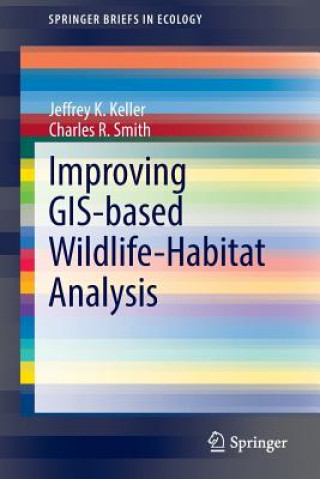
Kézbesítés
Vásárlási tanácsadó





Nem vált be? Semmi gond! Nálunk 30 napon belül visszaküldheti
 Ajándékutalvány
bármilyen értékben
Ajándékutalvány
bármilyen értékben
Ajándékutalvánnyal nem nyúlhat mellé. A megajándékozott az ajándékutalványért bármit választhat kínálatunkból.
Improving GIS-based Wildlife-Habitat Analysis
 Angol
Angol
 154 b
154 b
30 nap a termék visszaküldésére
Ezt is ajánljuk


Geographic Information Systems (GIS) provide a powerful tool for the investigation of species-habitat relationships and the development of wildlife management and conservation programs. However, the relative ease of data manipulation and analysis using GIS, associated landscape metrics packages, and sophisticated statistical tests may sometimes cause investigators to overlook important species-habitat functional relationships. Additionally, underlying assumptions of the study design or technology may have unrecognized consequences. This volume examines how initial researcher choices of image resolution, scale(s) of analysis, response and explanatory variables, and location and area of samples can influence analysis results, interpretation, predictive capability, and study-derived management prescriptions. Overall, most studies in this realm employ relatively low resolution imagery that allows neither identification nor accurate classification of habitat components. Additionally, the landscape metrics typically employed do not adequately quantify component spatial arrangement associated with species occupation. To address this latter issue, the authors introduce two novel landscape metrics that measure the functional size and location in the landscape of taxon-specific solid and edge habitat types. Keller and Smith conclude that investigators conducting GIS-based analyses of species-habitat relationships should more carefully 1) match the resolution of remotely sensed imagery to the scale of habitat functional relationships of the focal taxon, 2) identify attributes (explanatory variables) of habitat architecture, size, configuration, quality, and context that reflect the way the focal taxon uses the subset of the landscape it occupies, and 3) match the location and scale of habitat samples, whether GIS- or ground-based, to corresponding species detection locations and scales of habitat use.
Információ a könyvről
 Angol
Angol
Kategória




 Hogyan vásároljunk
Hogyan vásároljunk




















